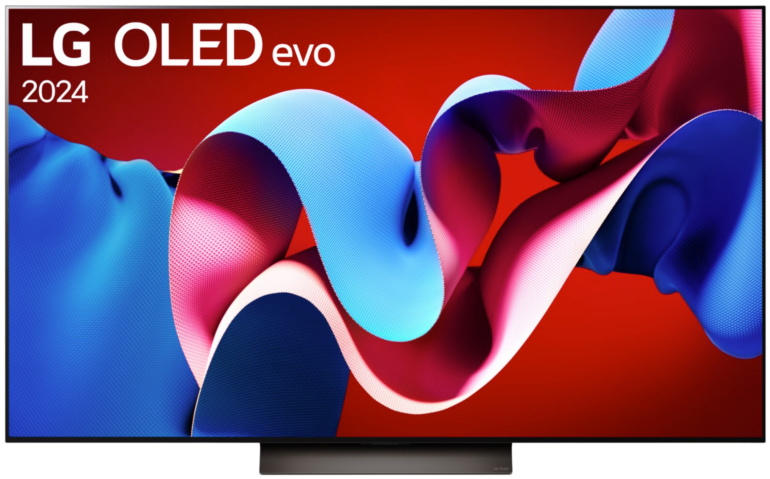Samsung TV Lineup 2020 Comparison
| Image | Series | Panel Panel Type | Sizes Available sizes | Resolution | |
|---|---|---|---|---|---|
| QLED Lineup | |||||
 | Q60T Budget TV | VA | 43", 50", 55", 58", 65", 75", 85" | UHD 4K | |
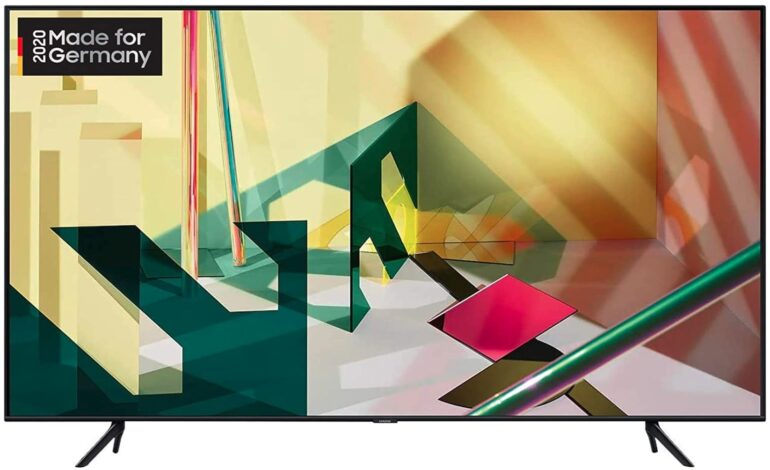 | Q70T Entry Level TV | VA | 55", 65", 75", 85" | UHD 4K | |
 | Q80T Midrange TV | VA | 49", 55", 65", 75", 85" | UHD 4K | |
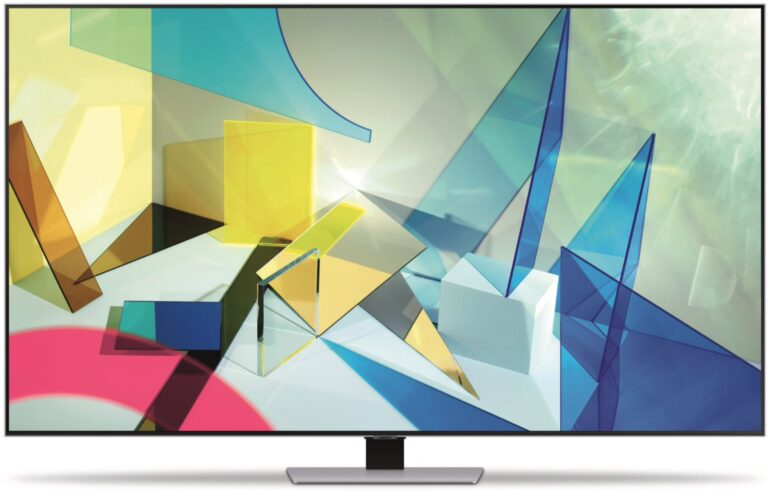 | Q84T Midrange TV | VA | 49", 55", 65", 75" | UHD 4K | |
 | Q90T Upper Midrange TV | VA | 55", 65", 75", 85" | UHD 4K | |
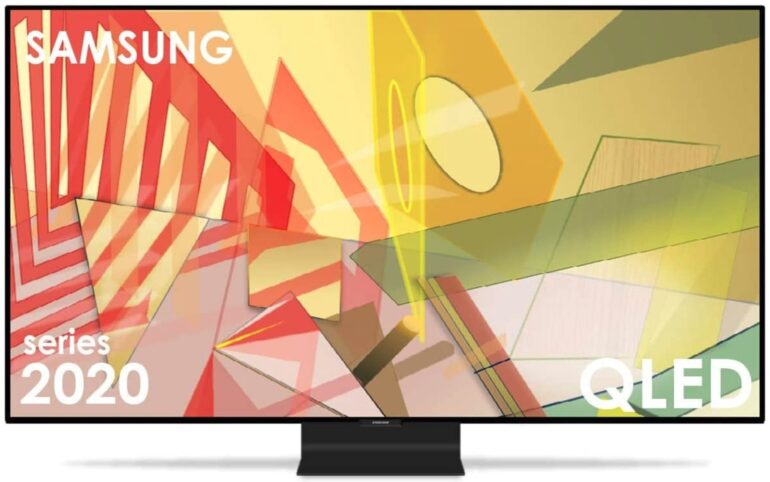 | Q95T Premium TV | VA | 55", 65", 75", 85" | UHD 4K | |
| Lifestyle Lineup | |||||
 | The Frame Entry Level Design TV | VA | 32", 43", 50", 55", 65", 75" | FHD (32") UHD 4K (43", 50", 55", 65", 75") | |
| UHD Lineup | |||||
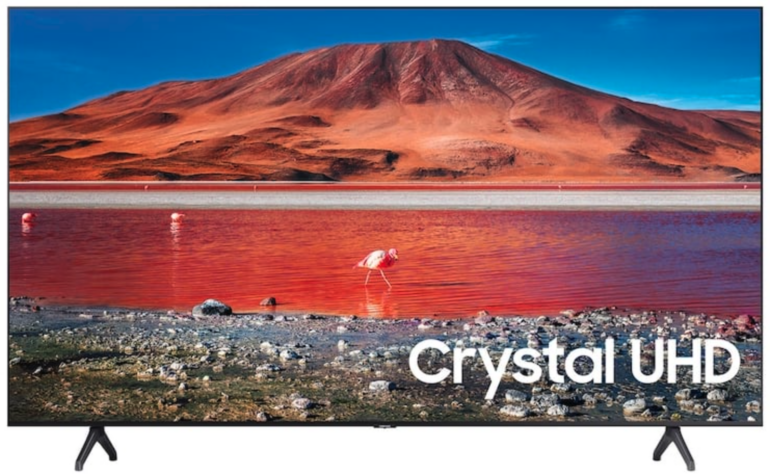 | TU7079 Low Budget TV | VA | 43", 50", 55", 58", 65", 70", 75" | UHD 4K | |
 | TU8079 Budget TV | VA | 43", 50", 55", 65", 75", 82", 85" | UHD 4K | |
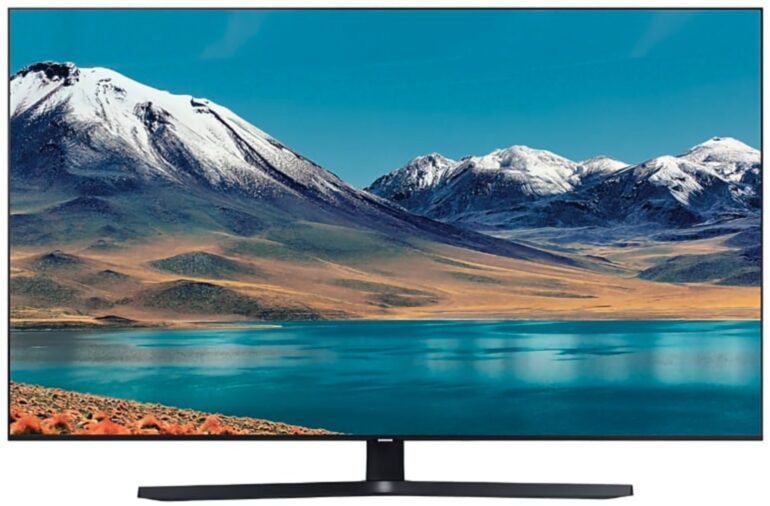 | TU8509 Budget TV | VA | 43", 50", 55", 65" | UHD 4K | |
QLED Lineup
What characterises this product line? Samsung’s QLED TVs feature the so-called Quantum Dot layer and are all named with the letter Q. They represent the manufacturer’s mid- to upper-range segment and go from the Q60T to the Q95T.
- Associated series:
- Q60T Series
- Q70T Series
- Q80T Series
- Q84T Series
- Q90T Series
- Q95T Series
Q60T Series
The Samsung Q60T is the cheapest model in the 2020 QLED range, but it is superior to the UHD devices. It has an Edge LED backlight. The black level of the Samsung QLEDs is very good. So, unlike the lower-end UHD TVs, it is also suitable in bright rooms.
As the first TV from Samsung’s 2020 line-up, the Q60T offers a wide colour gamut. Unfortunately, the response time of around 8ms is slightly longer than that of the TU8509. The contrast is slightly higher at 7000:1, as is the maximum brightness at 500 nitsSI unit of luminance: 1 nit = 1 cd/m2 – The best way of measuring and comparing a TVs brightness . In terms of gaming, it unfortunately offers no more than the TU series.

| Panel Type | VA |
|---|---|
| Sizes | 43" QN43Q60TAFXZA50" QN50Q60TAFXZA55" QN55Q60TAFXZA58" QN58Q60TAFXZA65" QN65Q60TAFXZA75" QN75Q60TAFXZA85" QN85Q60TAFXZA |
| Resolution | UHD 4K |
| HDMI | 3 x HDMI 2.0 |
| Frequency | 60Hz |
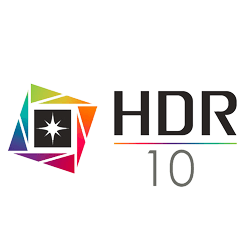



Q70T Series
The Q70T is directly above the Q60T. Compared to this, it has a refresh rateHertz is the derived SI-unit of frequency with 1Hz=1/s – When talking about TVs this means how many different pictures a TV can display in one second. of 120 HzHertz is the derived SI-unit of frequency with 1Hz=1/s – When talking about TVs this means how many different pictures a TV can display in one second. and a slightly higher contrast as well as a higher maximum brightness and a slightly shorter response time.
Also, none of the resources are found to judder. When it comes to gaming, the Q70T is also better suited: Thanks to VRRVariable Refresh Rate – synchronizes the display’s refresh rate with the output refresh rate of the graphics card via FreeSyncVariable Refresh Rate with AMD graphics cards or consoles and an HDMI 2.1 connection, nothing stands in the way of smooth gaming – even with the new generation of consoles.

| Panel Type | VA |
|---|---|
| Sizes | |
| Resolution | UHD 4K |
| HDMI | 3 x HDMI 2.0 |
| 1 x HDMI 2.1 | |
| Frequency | 120Hz |




Q80T Series
The third QLED model is the Q80T. It has a higher contrast and a higher brightness. In contrast to the models below it, the Q80T has full-array local dimming, which significantly improves the picture quality. It has 50 dimming zones.
Overall, the motion handling is better than that of the Q70T, which is primarily expressed in the very short response time and the fact that there is no juddering. When gaming, the input lag is unfortunately a bit longer than on the lower model.

| Panel Type | VA |
|---|---|
| Sizes | 49" QN49Q80TAFXZA55" QN55Q80TAFXZA65" QN65Q80TAFXZA75" QN75Q80TAFXZA85" QN85Q80TAFXZA |
| Resolution | UHD 4K |
| HDMI | 4 x HDMI 2.0 (49") 3 x HDMI 2.0 (55", 65", 75", 85") |
| 0 x HDMI 2.1 (49") 1 x HDMI 2.1 (55", 65", 75", 85") | |
| Frequency | 60Hz (49") 120Hz (55", 65", 75", 85") |




Q84T Series
The viewing angles of the Q85T and Q84T are considerably wider than those of its cheaper sister models: Samsung uses the Ultra Viewing Angle coating to compensate for the washed-out image of the VAVertical Alignment, type of LCD Panel panel from the side.
Unfortunately, contrast and brightness suffer a bit. Although the values are still relatively high, they are below those of the Q80T. However, full-array local dimming works better on the Q85T. The Q84T and Q85T are technically identical sales variants, but the Q84T is cheaper and is sold by more retailers.

| Panel Type | VA |
|---|---|
| Sizes | |
| Resolution | UHD 4K |
| HDMI | 4 x HDMI 2.0 |
| 0 x HDMI 2.1 (49") 1 x HDMI 2.1 (55", 65", 75") | |
| Frequency | 60Hz (49") 120Hz (55", 65", 75") |




Q90T Series
The Q90T is the highest-ranking QLED from Samsung’s 2020 lineup. The Ultra Viewing Angle coating is also used here.
Thanks to Full Array Local Dimming and 96 dimming zones, it achieves an excellent contrast ratio of 10500:1. The maximum brightness of around 1150 nitsSI unit of luminance: 1 nit = 1 cd/m2 – The best way of measuring and comparing a TVs brightness is also significantly higher than the Q85T.

| Panel Type | VA |
|---|---|
| Sizes | 55" QN55Q90TAFXZA65" QN65Q90TAFXZA75" QN75Q90TAFXZA85" QN85Q90TAFXZA |
| Resolution | UHD 4K |
| HDMI | 3 x HDMI 2.0 |
| 1 x HDMI 2.1 | |
| Frequency | 120Hz |




Q95T Series
Even though Q95T may sound better than Q90T, there are only two small differences between these two models. First, thanks to the included “One Connect Box“, the Q95T allows you to sort cables easily and neatly while concealing them visually.
Secondly, Samsung uses its “Q-Symphony” feature here, which is supposed to improve the extension of the TV’s internal sound by a soundbar.

| Panel Type | VA |
|---|---|
| Sizes | |
| Resolution | UHD 4K |
| HDMI | 3 x HDMI 2.0 |
| 1 x HDMI 2.1 | |
| Frequency | 120Hz |




Lifestyle Lineup
What characterizes this product line? Samsung’s Lifestyle TVs are characterized by their special look, are intended to act as design elements in the room, and should integrate seamlessly into the interior on this basis.
- Associated series:
- The Frame
The Frame
The Frame and its sales variant The Serif are Samsung’s lifestyle models that focus on additional design features. They do not belong to the QLED series, but can be compared with it. Overall, The Frame and Q70T perform relatively similarly.
Like the Q70T, The Frame does not feature local dimming. The maximum brightness and contrast, on the other hand, are slightly better than the Q70T. In addition, the Q70T’s response time is slightly worse and it produces judder.
It is a pity that The Frame also lacks a coating to improve the viewing angle. This is only reserved for the better QLED models. Unfortunately, The Frame also does not have a twin tuner and thus does not allow PVRPersonal Video Recorder, recording TV programs to a USB-Memory Device and TimeShift.

| Panel Type | VA |
|---|---|
| Sizes | |
| Resolution | FHD (32") UHD 4K (43", 50", 55", 65", 75") |
| HDMI | 4 x HDMI 2.0 (32", 43", 50") 3 x HDMI 2.0 (55", 65", 75") |
| 0 x HDMI 2.1 (32") 0 x HDMI 2.1 (43", 50") 1 x HDMI 2.1 (55", 65", 75") | |
| Frequency | 60Hz (32", 43", 50") 120Hz (55", 65", 75") |




UHD Lineup
What characterizes this product line? Samsung’s Premium UHD TVs represent the lower entry level segment of the manufacturer’s 2020 lineup. They are suitable as all-rounders for the living room, even though they lack some features compared to the QLED lineup.
- Associated series:
- TU7079 Series
- TU8079 Series
- TU8509 Series
TU7079 Series
The “Premium UHD TV” TU7079 is the low-priced entry-level model of Samsung’s 2020 lineup. With its VAVertical Alignment, type of LCD Panel panel, it has a relatively high contrast, but the picture from the side appears a bit washed out. Unfortunately, the TU7079 doesn’t offer a wide color gamut and rather low brightness, which makes it better suited for darker room environments, such as movie nights.
The TU7079 only has a refresh rateHertz is the derived SI-unit of frequency with 1Hz=1/s – When talking about TVs this means how many different pictures a TV can display in one second. of 60 HzHertz is the derived SI-unit of frequency with 1Hz=1/s – When talking about TVs this means how many different pictures a TV can display in one second., but the motion handling is satisfactory overall for the price range: the response time is low at around 6 ms and thus fast-moving objects hardly leave any haze. Furthermore, the backlight flickers at 120 Hz, which the human eye can hardly perceive.
In the gaming field, it offers advantages and disadvantages: On the one hand, the input lag is very low, which is further supported by the existing Auto Low Latency Mode (ALLMAuto Low Latency Mode – Automatically detects connected consoles and keeps input lag as low as possible.). But HDRHigh Dynamic Range – image/video with more dynamic range (contrast range) gaming does not work quite optimally because the input lag increases here. An HDMI 2.1 port and therefore a VRRVariable Refresh Rate – synchronizes the display’s refresh rate with the output refresh rate of the graphics card are also missing.
As for the sound, the device clearly lacks bass. Dolby AtmosObject-based surround sound format with 3D-Sound from any direction is available, but DTSMulti-channel-sound-system (Surround Sound) competing with Dolby Digital and Dolby DigitalMulti-channel-sound-system for up to 5.1 channel Surround Sound are not. Furthermore, there is no twin tuner and thus no functions like TimeShift and PVRPersonal Video Recorder, recording TV programs to a USB-Memory Device. All Samsung 2020 models do without voice control via Google Assistant.

| Panel Type | VA |
|---|---|
| Sizes | |
| Resolution | UHD 4K |
| HDMI | 2 x HDMI 2.0 |
| Frequency | 60Hz |




TU8079 Series
The next higher model in Samsung’s 2020 lineup is the TU8079, which is almost similar to the TU7079. Both the design and the performance are close. The TU8079 has slightly better contrast at 6400:1 and gets a bit brighter at 300 nitsSI unit of luminance: 1 nit = 1 cd/m2 – The best way of measuring and comparing a TVs brightness .
Its response time is ~5 ms which results in slightly less motion blur. The input lag in 4K 60Hz SDRStandard Dynamic Range – image/video with a conventional gamma curve (opposite: HDR) – “normal” videos gaming is almost identical, only in 4K 60Hz HDRHigh Dynamic Range – image/video with more dynamic range (contrast range) the TU7079 performs significantly better.
However, since HDR content is not really displayed differently than SDR on both devices, this difference is not very significant. The TU8079’s included remote is the One Remote, which is a bit more comfortable than Samsung’s standard remote.
This is also used on the more expensive QLEDs. Unfortunately, the Samsung TU8079 also does not have a twin tuner or the TimeShift and PVRPersonal Video Recorder, recording TV programs to a USB-Memory Device function.

| Panel Type | VA |
|---|---|
| Sizes | 43" UN43TU8000FXZA50" UN50TU8000FXZA55" UN55TU8000FXZA65" UN65TU8000FXZA75" UN75TU8000FXZA85" UN85TU8000FXZA |
| Resolution | UHD 4K |
| HDMI | 3 x HDMI 2.0 |
| Frequency | 60Hz |




TU8509 Series
The only addition to the TU8509 is the new screen technology from Samsung used here: Dual LED. This marketing term hides a technology that works with two types of LEDs: One produces warm white light and the other produces cool white light.
This influences the overall picture of the TV: A slightly higher contrast of 6900:1 and a slightly higher brightness of around 320 nitsSI unit of luminance: 1 nit = 1 cd/m2 – The best way of measuring and comparing a TVs brightness are produced. However, this technology does not have an influence on the resolution!
Likewise, it cannot yet be equated with a local dimming feature. An additional advantage is the Timeshift and PVRPersonal Video Recorder, recording TV programs to a USB-Memory Device function, which are finally available with the 8509. However, it does not have a twin tuner either.

| Panel Type | VA |
|---|---|
| Sizes | |
| Resolution | UHD 4K |
| HDMI | 3 x HDMI 2.0 |
| Frequency | 60Hz |





